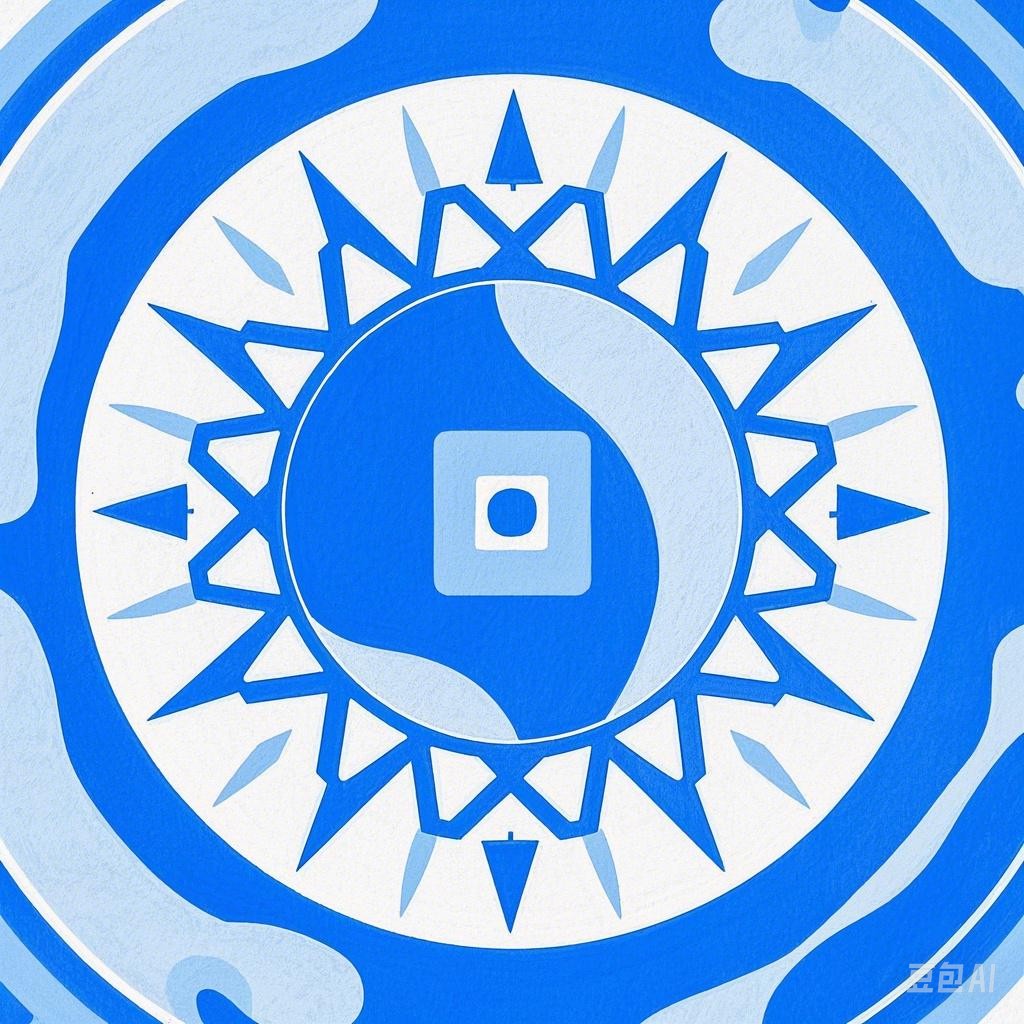Chinese festivals are an integral part of the country’s rich cultural heritage. These celebrations are steeped in history and tradition, reflecting the values and customs of the Chinese people. This guide will provide an overview of some of the most significant Chinese festivals, their origins, and their significance.
1. Spring Festival (Chinese New Year)
1.1 Origin and Significance
The Spring Festival, also known as Chinese New Year, is the most important and traditional festival in China. It marks the beginning of the lunar new year and is celebrated on the first day of the first lunar month. The festival is associated with the god of fortune and is a time for family reunions, feasts, and the exchange of gifts.
1.2 Customs and Traditions
- Red Decorations: Red is the color of good fortune and joy, so homes are adorned with red lanterns, couplets, and paper cuttings.
- Dragon and Lion Dances: These dances are performed to ward off evil spirits and bring good luck.
- Fireworks and Firecrackers: These are set off to scare away evil spirits and bring prosperity.
- Family Reunions: Families come together to have a feast, known as the Reunion Dinner, and exchange red envelopes filled with money.
- Gifts: Red packets, or hóngbāo, are given to children and the elderly as a symbol of good wishes and prosperity.
2. Lantern Festival
2.1 Origin and Significance
The Lantern Festival, also known as Yuanxiao, is held on the 15th day of the first lunar month, which is the first full moon night after the Spring Festival. It is a celebration of light and is often associated with the reunion of lovers.
2.2 Customs and Traditions
- Lantern Display: Various shapes and sizes of lanterns are displayed in public places.
- Mooncakes: Mooncakes are eaten to celebrate the festival. They are round in shape, symbolizing the full moon.
- Riddle Contests: Young people gather to solve lantern riddles, a traditional activity during the festival.
3. Dragon Boat Festival
3.1 Origin and Significance
The Dragon Boat Festival, also known as Duanwu, is held on the fifth day of the fifth lunar month. It commemorates the poet Qu Yuan, who drowned himself in the Miluo River to protest corruption in the court.
3.2 Customs and Traditions
- Dragon Boat Races: These races are held to honor Qu Yuan and are a traditional part of the festival.
- Zongzi: Zongzi, or sticky rice dumplings, are eaten during the festival. They are believed to ward off evil spirits.
- Fragrant Leaves: Leaves such as mugwort are used to wrap the zongzi, and are also burned to ward off insects.
4. Mid-Autumn Festival
4.1 Origin and Significance
The Mid-Autumn Festival, also known as the Moon Festival, is held on the 15th day of the eighth lunar month. It is a time for family reunions and moon观赏.
4.2 Customs and Traditions
- Mooncakes: Mooncakes are eaten during the festival. They are round in shape, symbolizing the full moon.
- Moon Viewing: Families gather to admire the full moon and enjoy the mooncakes.
- Lanterns: Lanterns are released into the sky, symbolizing the release of one’s troubles and wishes.
5. Qixi Festival
5.1 Origin and Significance
The Qixi Festival, also known as Chinese Valentine’s Day, is held on the seventh day of the seventh lunar month. It is based on a romantic legend about two lovers who were separated by celestial powers but were allowed to meet once a year on this day.
5.2 Customs and Traditions
- Star Gazing: Young women look for the stars of the cow and the girl, which are believed to be the spirits of the two lovers.
- Making Paper Birds: Couples make paper birds to symbolize their love and unity.
Conclusion
Chinese festivals are a testament to the country’s deep cultural roots and its respect for tradition. Each festival has its unique customs and significance, contributing to the rich tapestry of Chinese culture. By celebrating these festivals, the Chinese people honor their ancestors and pass on their cultural heritage to future generations.
